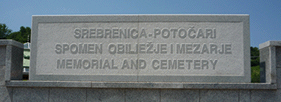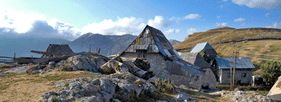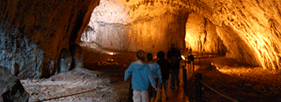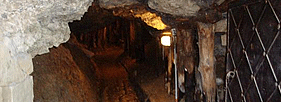The Cathedral Church of the Nativity of the Theotokos in Sarajevo
The Cathedral Church of the
Nativity of the Theotokos (Serbian:
Саборна Црква Рођења Пресвете Богородице / Saborna Crkva Rođenja Presvete
Bogorodice) is the largest Serbian Orthodox church in Sarajevo and one of
the largest in the Balkans.
The building of the church commenced in 1863 when Sarajevo was part of the Bosnia Vilayet, itself a subdivision within the Ottoman Empire. Most of the 36,000 dukat construction cost was covered by Sarajevo''''s Serb merchants, led by Manojlo Jeftanović who donated 2,000 dukats. In a symbolic act, the Ottoman sultan Abdülaziz and the ruler of Serbia, Prince Mihailo Obrenović, each donated 500 dukats. Russian Tsar Alexander II sent expert craftsmen to construct the iconostasis. Known locally as the ''''New Orthodox Church'''' to distinguish it from the sixteenth-century church a few hundred meters to the east, it was the first building to break the Muslim monopoly on monumental edifices in Sarajevo.
The head master for construction was Andreja Damjanov, a man from the Damjanovi-Renzovski family of master builders, masons, painters, carpenters and stonecutters.
The cathedral is dedicated to the
nativity of the Theotokos. It was erected at the request of the Orthodox parish
of Sarajevo between 1863 and 1868. The church is constructed as a three-section
basilica inscribed in a cross-shaped plan, and has five domes. The domes are
built on the beams; the central one is much larger than the other four side
domes. The church is arched by round elements. The small gilded baroque-style
belfry is built in front of the entrance. The interior walls are decorated by
painted ornaments. In the lower zones of the walls the painted ornaments are
simulating the marble stone construction look. Arches and vaults are decorated
in ornaments only. In 1898, the Orthodox Metropolitan Palace was built near the
cathedral.




















